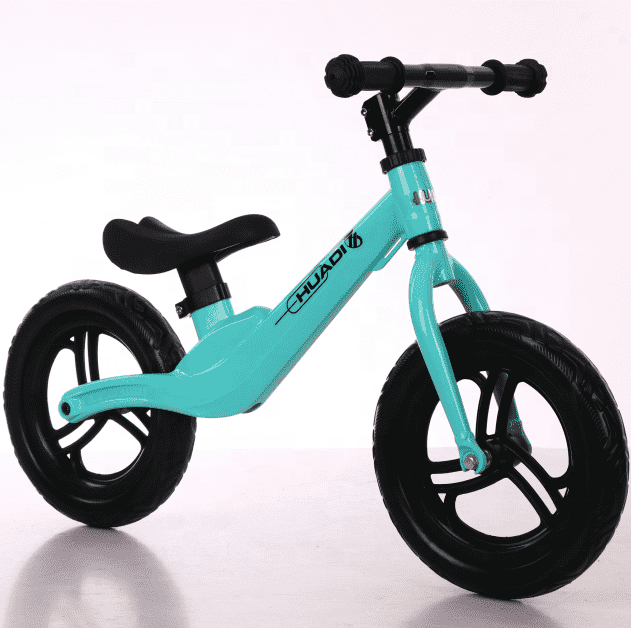Aug . 13, 2024 23:31 Back to list
Affordable and Lightweight Junior Road Bikes Perfect for Young Cyclists and Beginners
A Comprehensive Guide to Junior Road Bikes Choosing the Right Ride for Young Cyclists
When it comes to introducing young cyclists to the world of road biking, selecting the right bike is crucial. Junior road bikes are specifically designed for younger riders, taking into consideration their size, strength, and skills. As cycling continues to grow in popularity, investing in a good quality road bike can set the foundation for a lifelong passion for the sport. This article will explore the key aspects of junior road bikes, helping parents and young riders make informed decisions.
Why Junior Road Bikes Matter
Cycling is not just a means of transportation; it offers numerous benefits, including improved physical fitness, coordination, and confidence. Junior road bikes are tailored to the needs of younger cyclists, providing them with the right fit and features to enhance their riding experience. Unlike adult bikes, junior models are constructed with lighter materials, smaller frames, and adjusted components to accommodate the unique requirements of children and teens.
Frame Size and Fit
One of the most critical factors to consider when selecting a junior road bike is frame size. A bike that is too big or too small can hinder performance and make riding uncomfortable. Typically, junior road bikes come in various sizes, often indicated by the height of the rider. A general rule of thumb is to ensure that the child can straddle the bike comfortably with both feet flat on the ground. When seated, the rider should have a slight bend in their knees when the pedals are at their lowest point.
Weight Matters
Weight is another essential consideration. Junior road bikes should be lightweight to make them manageable for young riders. A bike that is too heavy can be challenging to maneuver, especially when climbing hills or making quick turns. Look for bikes made from materials like aluminum or carbon fiber, which offer both durability and a lighter overall weight.
junior road bikes

Gear Ratios
While many adult road bikes have an extensive range of gears, junior bikes often feature simpler gearing systems. This is beneficial for young cyclists, as it allows them to focus on developing their riding skills without becoming overwhelmed by complicated gear shifts. A bike with a compact crankset and an appropriate gear ratio will help young riders tackle varied terrains without excessive strain.
Accessories and Safety Features
Safety should always be a top priority. When purchasing a junior road bike, consider additional accessories that enhance safety and comfort. Helmets are a must-have and should fit snugly while allowing for proper ventilation. Furthermore, consider adding reflectors or lights for increased visibility, especially if the young rider plans to cycle in low-light conditions.
Encouraging a Love for Cycling
Ultimately, the goal of purchasing a junior road bike is to foster a love for cycling. Encourage young riders to explore local trails, participate in community rides, and join cycling clubs. Introducing biking as a fun and social activity can create lasting memories and contribute positively to their overall well-being.
Conclusion
Selecting the appropriate junior road bike is an investment in a child's health and happiness. By focusing on the right frame size, weight, gearing, and safety features, parents can ensure that their young cyclists have a bike that meets their needs. As they gain confidence and skill on their bikes, young riders will not only improve their physical fitness but also develop a genuine passion for cycling. Embrace this exciting journey and watch as your child discovers the joy of the open road.
-
Wooden Tricycle for Kids - Vintage & Two Seater Options Wholesale
NewsJul.29,2025
-
Wooden Tricycle for Kids – Vintage & Two Seater Wholesale Options
NewsJul.28,2025
-
Premium Wooden Tricycle for Kids – Safe, Stylish, Two Seater Options
NewsJul.27,2025
-
Wooden Tricycle for Kids - Vintage & Two Seater Options, Wholesale Available
NewsJul.26,2025
-
Wooden Tricycle for Kids – Safe & Durable Rides for All Ages
NewsJul.25,2025
-
Wooden Tricycle for Kids – Vintage, Two-Seater, Wholesale Options
NewsJul.24,2025
